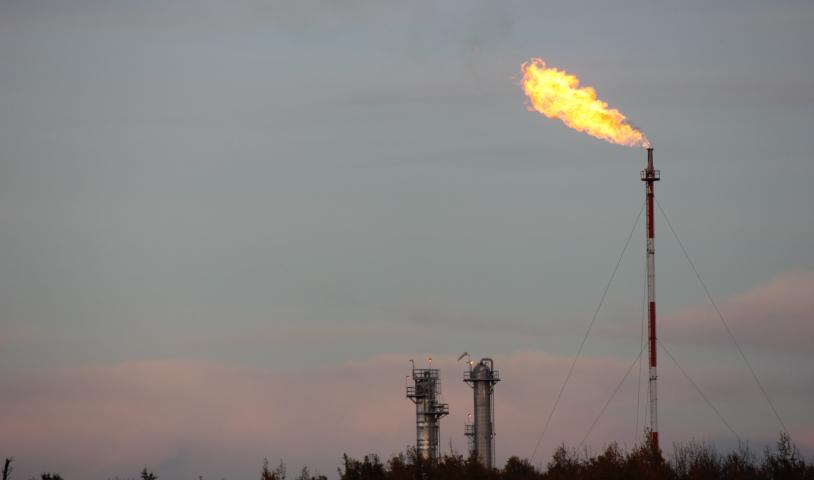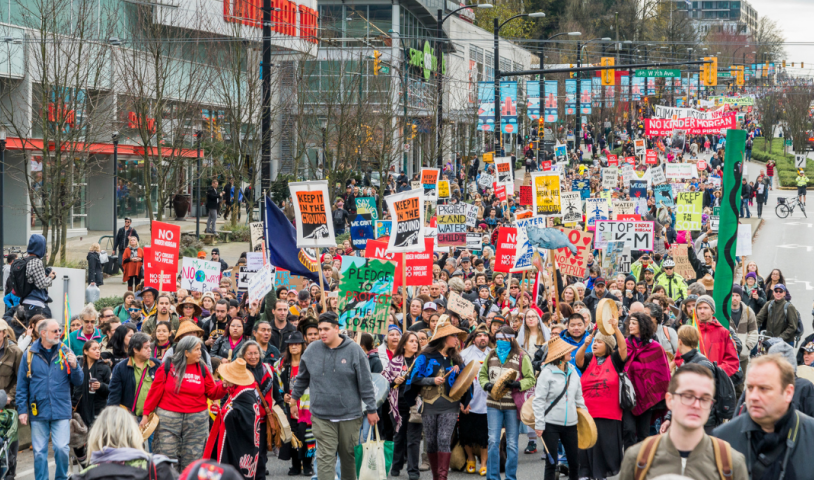Axe falls on some Independent Power Producers
Wednesday, October 9, 2013
According to an announcement last month by Minister of Energy and Mines Bill Bennett, four power purchase agreements with independent power producers (IPPs) have gotten the axe, with another 16 being investigated.
According to Bennett, the four that have been cut were projects where the proponents had failed to meet the terms of their purchase deals. Another nine may be deferred or cut back. Six others are at risk of being cancelled outright.
The names of these producers have not been made public. There are currently 79 such agreements in place, accounting for about 20 percent of the province’s electricity. However, Bennett says that none of the contracts that were cancelled were currently in production. As part of the cancellation, BC Hydro will be paying some of the sunk costs.
In 2002, the government announced a new energy policy, which said that BC Hydro would not create any new power, save for the possible Site C. Any additional energy coming on-line would be created by Independents.
That was then. But with news of price increases, possibly as much as 50 percent over the next decade, and in the face of recent revelations that 2,667 BC Hydro employees made over $100,000 last year, BC Hydro is looking at ways of cutting costs.
With wind power considered one of the most expensive forms of electricity historically, should IPPs in the Peace be worried?
No, says Jurgen Puetter. Puetter is the president and CEO of Aeolis Wind, the company behind the Bear Mountain Wind Project. Aeolis currently has 16 sites under exploration, including Thunder Mountain, Mount Hamelin and Mount Ptarmigan, all in the Tumbler Ridge area.
“You have to read behind the headline,” says Puetter. “They are cancelling contracts with purchase agreements that can’t come in on time and on budget. BC Hydro has an agreement with Bear Mountain. Nobody is talking about cancelling that contract. Nobody’s talking about cancelling Quality Wind.”
Capital Power’s Quality Wind Project, is expected to generate 459 GWh/year, and Dawson Creek’s Bear Mountain Project, produces 197 GWh/year.
Quality Wind is the fifth largest Independent Power Project in the province. Alcan’s Rio Tinto project in Kitimat is the largest, producing 3,307 GWh/year.
Other large scale independent projects in the northeast include Taylor’s McMayon gas fired thermal generating plant and the Dokie Wind Project near Chetwynd.
Puetter says that there are a number of Independent Power Producers that have been awarded power purchase agreements with commitments to start supplying power by a certain deadline, but construction hasn’t started yet. “I welcome getting these contracts out of the way,” says Puetter. “Right now, BC Hydro is assuming these projects will get built. This is like cleaning the cobwebs out of the cupboards, and will allow other projects the chance to get built.”
According to the BC Hydro website, there are 51 outstanding Electricity Purchase Agreements with IPPs “whose projects are currently in development.” In 2006, BC Hydro had an open call for power, awarding 38 contracts. Of those 38, only 14 are on BC Hydro’s current supplier’s list. Eleven are still on the list as still “in development.” The remaining 13 have been cancelled, mostly by the private producers themselves.
In 2008, BC Hydro put out a call for clean power. In 2010, they announced power purchase agreement for 27 projects from 18 proponents. Of those 27, only two are producing energy, with the lion’s share, 23, still in process.
On the list of projects from the 2010 call are four in the Tumbler Ridge area, all of which were Finavera properties. Two of the projects, the Tumbler Ridge and Meikle projects, have been sold to Pattern Energy. However Pattern has just become a publicly traded company, and according to SEC regulations, they are unable to make any public comment for 25 days.
The remaining two—Bullmoose and Wildmare—remain with Finavera, but CEO Jason Bak says they are unable to comment right now.
While the government has been buying power from Independent producers since the mid-1980s, the current policy of only purchasing energy from independent producers has met with much resistance.
Environmentalists say that many of these projects, especially run of river projects, are harmful to the environment and are not strictly regulated. Others worry that the high prices paid for this electricity, especially wind, will cause the price of power to rise dramatically.
“Bennett should be doing everything he possibly can to wriggle out of all of these terrible contracts,” says Joe Foy, national campaign director for the Wilderness Committee. “For every billion dollars he claws back by cancelling a contract, BC won’t miss the excess electricity one bit—but the province will save more funding for hospitals or schools and help pull BC Hydro back from financial ruin. And we’ll be saving BC’s beautiful wild waterways from being dammed and diverted into pipes for no useful reason,” he added.
“We and many other groups and individuals have been saying for quite some time now that BC Hydro is being bled to death by being forced into long-term contracts with private hydro-power producers at rates far above market value—for electrical energy BC does not need and can only sell at a loss,” said Foy.
However, Minister Bennett says these increases are not tied into the cost of private power producers, but equipment upgrades. “After 40–50 years of operation, many major components of BC Hydro’s system are nearing their end of life and must be replaced,” writes Bennett in an opinion piece published in the Vancouver Sun. “These upgrades were sadly neglected in the 1990s. We are investing in these projects now to power our economy today and tomorrow and it is this investment in infrastructure that constitutes the main pressure on rates.”
Bennett says that people who worry that power being purchased from IPPs is more expensive, they’re right. But “The power from new projects quite understandably costs more than power from 50-year old assets that are paid for, whether these new assets are private or built by BC Hydro.”
Bennett says that by entering into long-term contracts, this creates stable prices, “rather than relying on the often volatile spot market.”
However, says Foy, the fact that we, the owners of BC Hydro, are not privy to these contracts is a real concern.
“All we know is that the government put out an open call, saying we’re willing to pay between, say 80 and 120 per megawatt hour. You know that people who come in on those calls come in between those figures. We also know that in their latest Integrated Resource Plan it gives the total number that Hydro has signed with the IPPs. They acknowledge they will be paying over $50 billion in contracts over the next number of years. They are claiming proprietary knowledge on individual contracts. No one has been able to access this information.”
This, says Foy, is wrong. “I believe that shows a wider problem. I believe the province needs a ‘sunshine contract’.” A sunshine contract, says Foy, is one that is open to public inspection. “The problem is that our power is publicly owned, and the interface between private and public can become a back door for looting the public’s resources. It’s those issues that I get concerned about.”
Does Foy support wind energy? The issue, he says, is more complicated than a simple yes/no. “Wind power is an excellent technology, but the way this government has set up private power opens the people of the province to real hurt. BC Hydro has been ordered—in contracts that we can’t see—to buy this energy. If the province is forced to go into debt, then everything suffers, from schools to environment.”
BC, says Foy, has more energy than it can use. “Two years ago, a number of our dams were spilling water instead of turning. Yet we’re paying millions of dollars to these private producers, because we’re obligated to. That’s a problem for us.”
Foy says that these private producers are hiding behind a green agenda to make money off the people of the province. “That’s not a green agenda. That’s a greed agenda. As a representative of the Wilderness Committee, of an environmental organization, we have a responsibility to not be used as a smokescreen to steal people’s money. People want to do the right green thing, but it’s wrong to use people’s good motives to take their money.”
Foy says there’s a good way to move forward with wind power, but the current method isn’t it. “If the province were my home, I’d say to the family, ‘let’s not get ahead of things.’ Let’s talk about it. Figure out what we can do. Let’s talk to our neighbours and find out what we can do together. They’re paying people to take wind energy in Washington State.
“I think we’re in pretty good shape. One of the reasons you build extra power is to deal with peak loads. We still haven’t hit the point where they charge less at low peak, and there’s lots of things that I can do to take advantage of those low prices. Do we dry our laundry at night? As owners of our electrical system, the public needs to have more right to ask questions, and we need to have a real conversation about this.”





